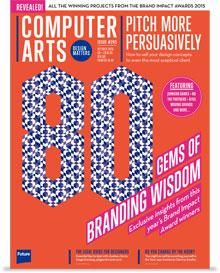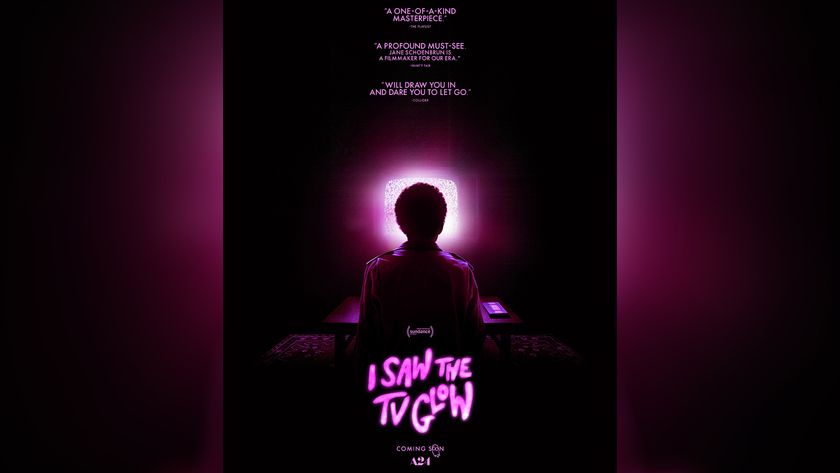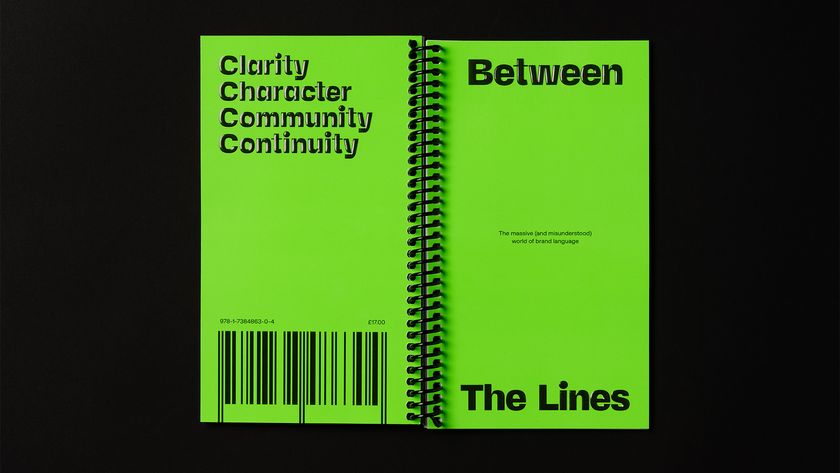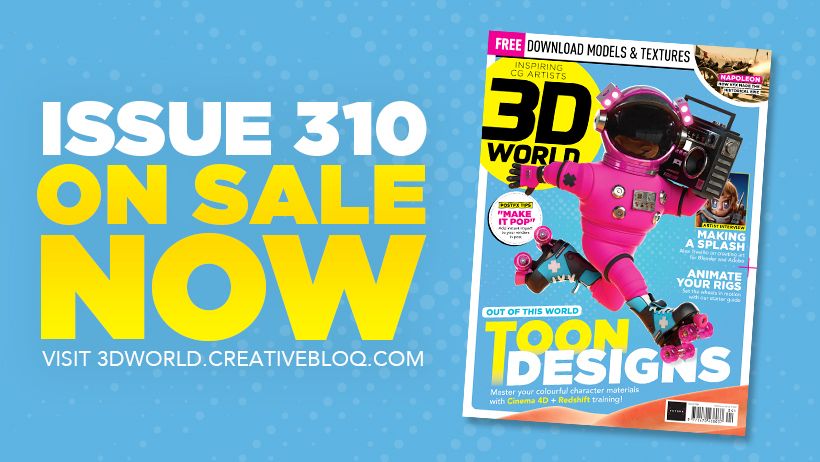5 psychological tips to use on tricky clients
Got a killer idea? Here are five psychological theories for helping influence your clients.
A good designer needs to sell ideas, concepts and variations on a theme throughout a project. It's all about communication: if you've got a fantastic proposal, don't lose out because of poor presentation skills.
Here are five psychological theories to help convince nervous clients about your killer idea.
01. Sympathy/Likeability
The sympathy/likeability principle of influence posits that people are more prone to be influenced by those they like. In laymen's terms, make the right impression at the crucial initial presentation stage – it can make or break an idea.
02. Authority
When people feel unsure about a purchase, they look for a testimony from a person with authority on the subject. As a designer, your position of expertise is given – why else would a client commission you? Don't create an 'us versus them' atmosphere though; guiding the client rather than dictating them through the process is key.
03. Ultimate terms
The psychological theory of 'ultimate terms' states that certain words carry more power than others. There are three categories of persuasive words.
These include 'god terms' that demand obedience or carry blessings (such as 'progress' or 'value'); devil terms, that are despised ('fascist', 'paedophile'); and charismatic terms, which are less well defined. So choose your words wisely. Their message will be all the more persuasive.

04. Yale Attitude Change approach
The Yale Attitude Change psychological approach dictates that a number of factors and characteristics can enhance persuasive speech. Being a credible, attractive speaker, for example, can work wonders with certain audiences.
In addition, messages should not appear to be designed to persuade, and speakers should always present a two-sided argument.
05. Amplification hypothesis
This theory states that displaying certainty about an attitude when talking to another person will help to increase and harden that attitude, according to online resource ChangingMinds.org. Conversely, when the attitude displayed is uncertain it will soften the attitude in the other person too.
To persuade someone, therefore, you need to align your attitude to theirs. So if a client has an opposing opinion, you show vague agreement, but if the client expresses a better opinion, agree wholeheartedly.
Words: Anna Richardson Taylor

The full version of this feature first appeared inside Computer Arts issue 245, a special issue packed with expert tips for creating outstanding branding.
Liked this? Read these...
- What to do when a client rejects your designs
- How to win your dream clients
- The ultimate guide to logo design

Thank you for reading 5 articles this month* Join now for unlimited access
Enjoy your first month for just £1 / $1 / €1
*Read 5 free articles per month without a subscription

Join now for unlimited access
Try first month for just £1 / $1 / €1
Get the Creative Bloq Newsletter
Daily design news, reviews, how-tos and more, as picked by the editors.
The Creative Bloq team is made up of a group of design fans, and has changed and evolved since Creative Bloq began back in 2012. The current website team consists of eight full-time members of staff: Editor Georgia Coggan, Deputy Editor Rosie Hilder, Ecommerce Editor Beren Neale, Senior News Editor Daniel Piper, Editor, Digital Art and 3D Ian Dean, Tech Reviews Editor Erlingur Einarsson and Ecommerce Writer Beth Nicholls and Staff Writer Natalie Fear, as well as a roster of freelancers from around the world. The 3D World and ImagineFX magazine teams also pitch in, ensuring that content from 3D World and ImagineFX is represented on Creative Bloq.












